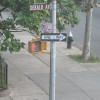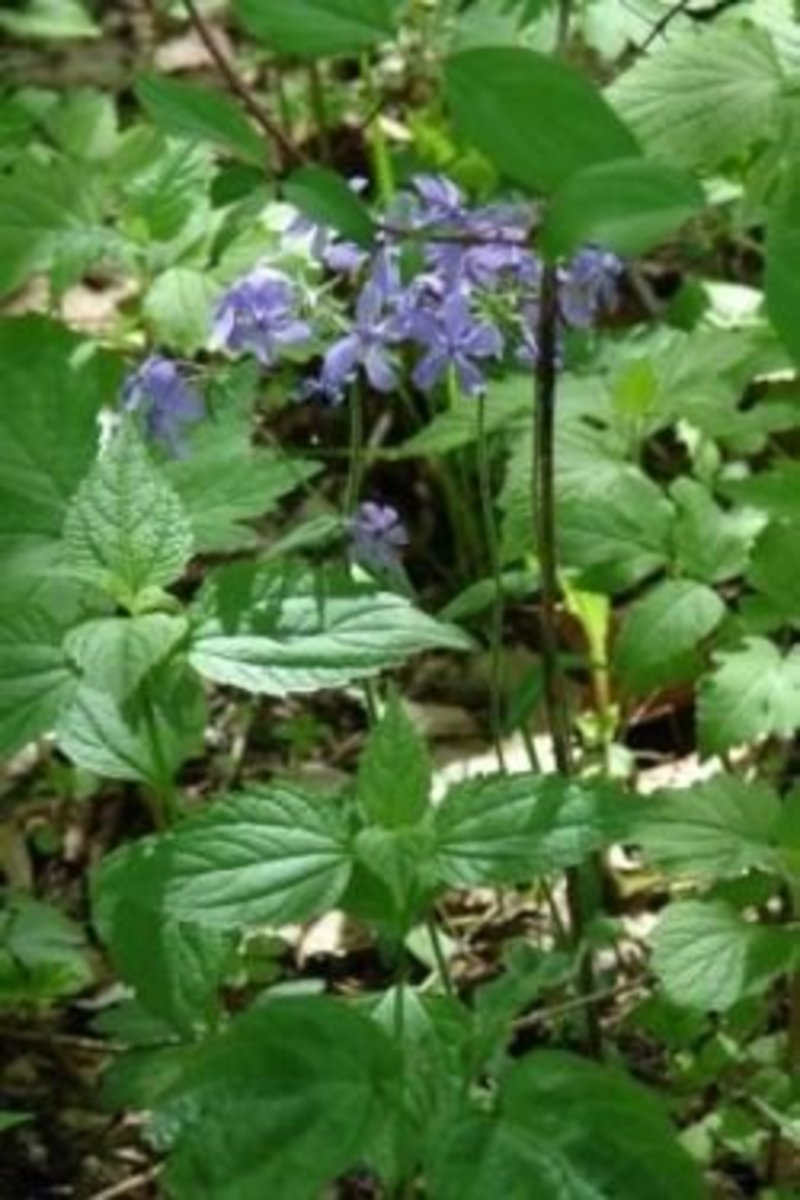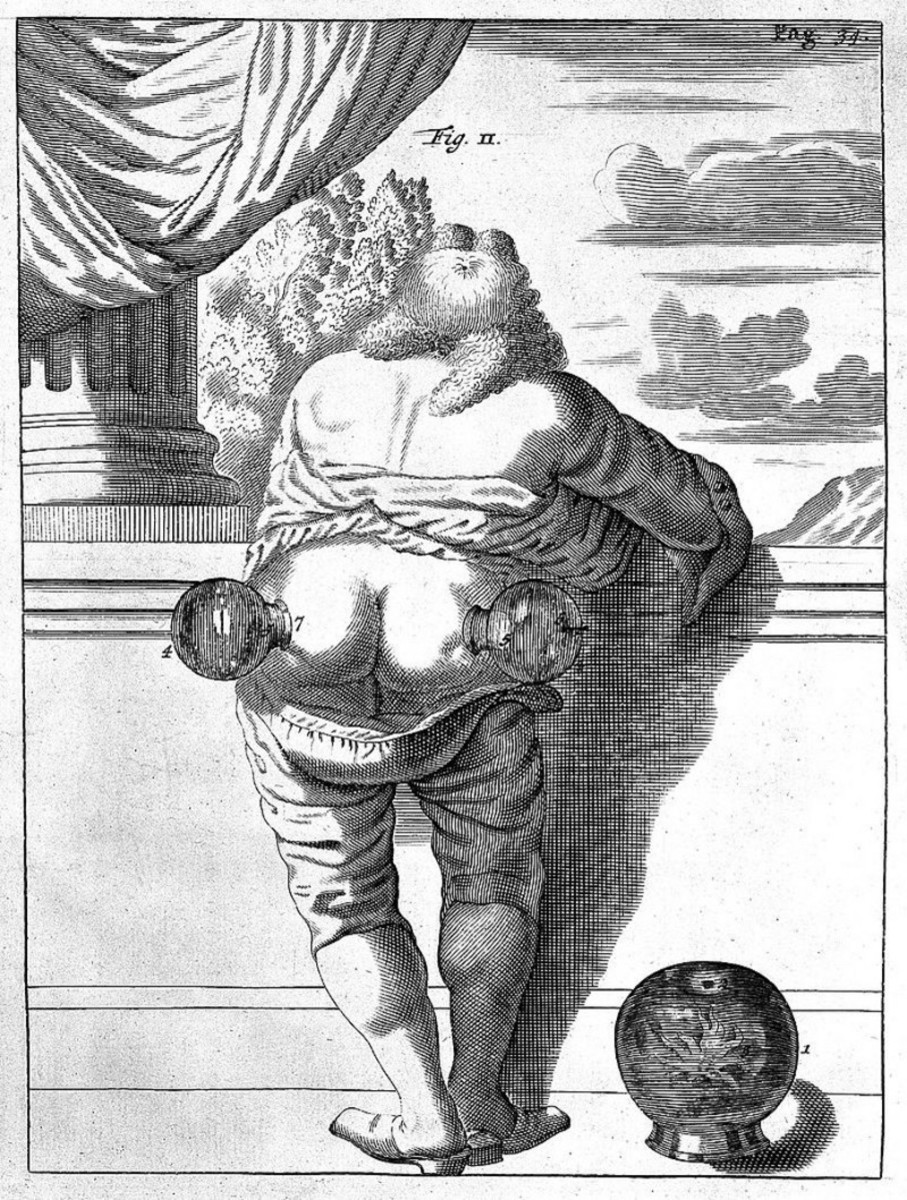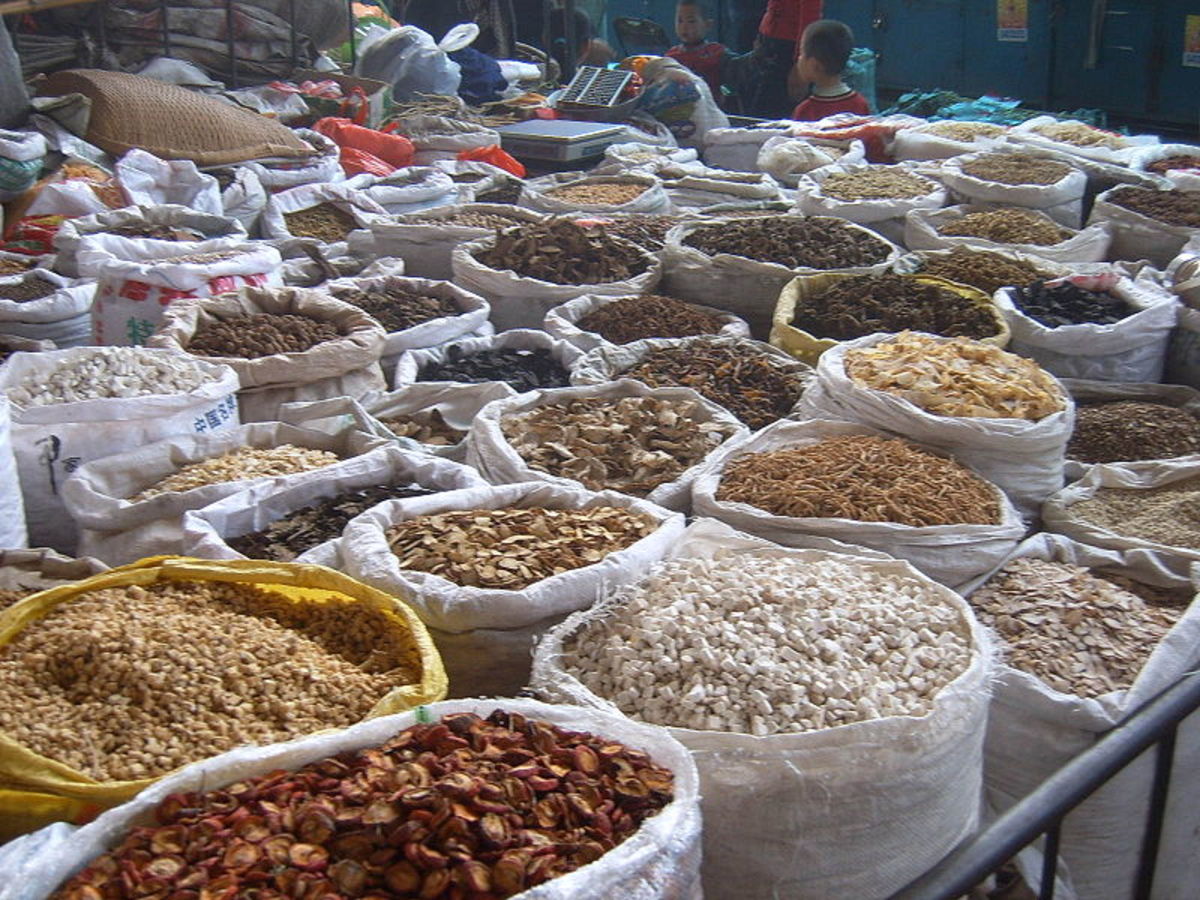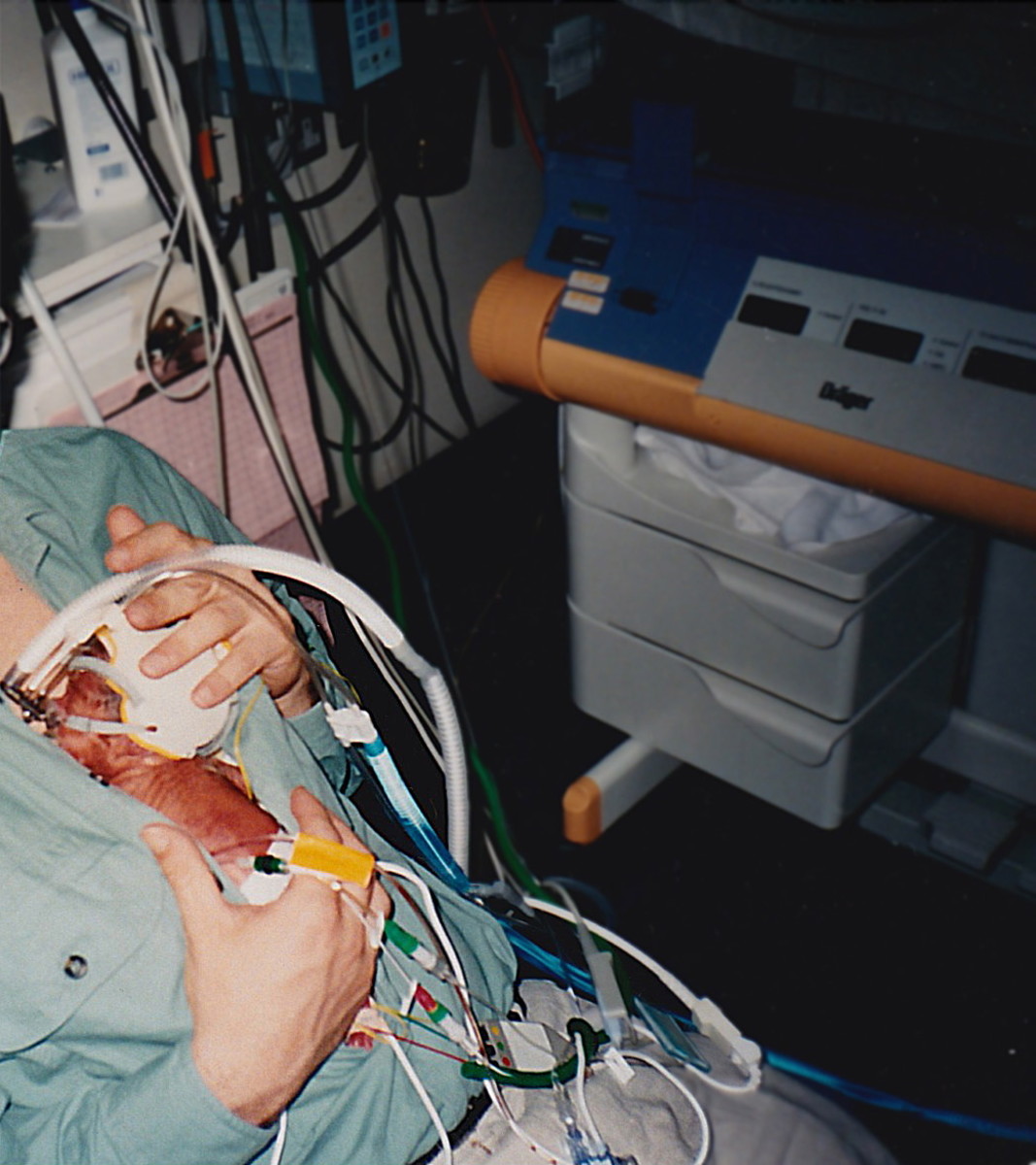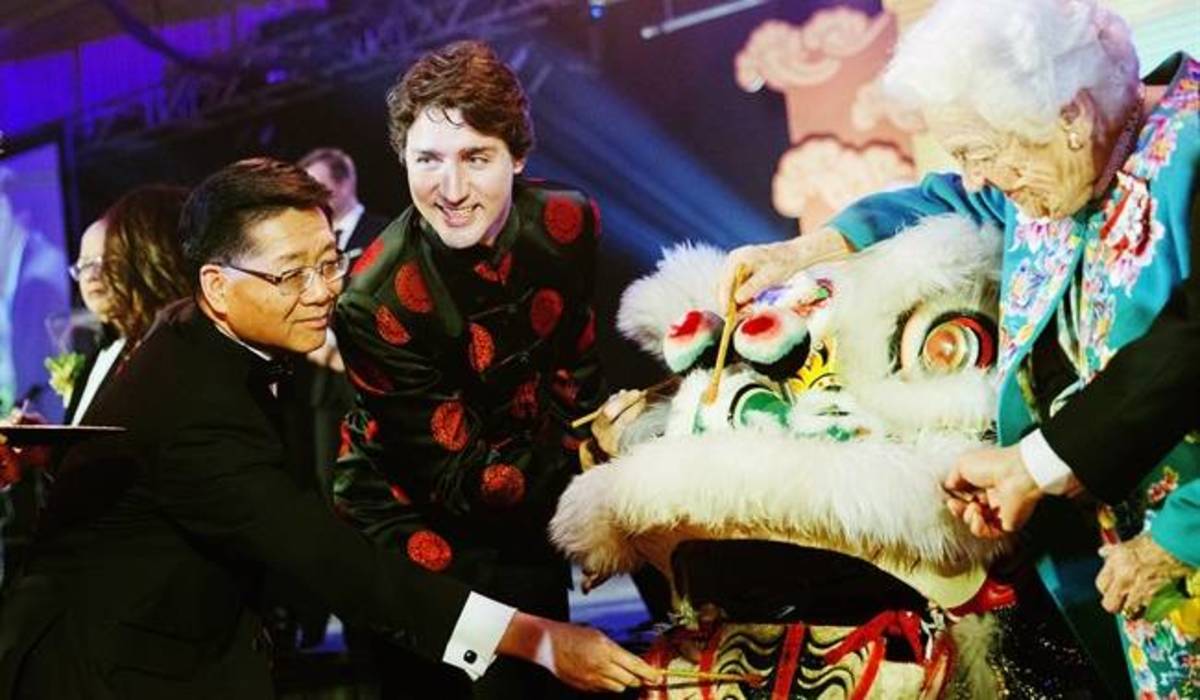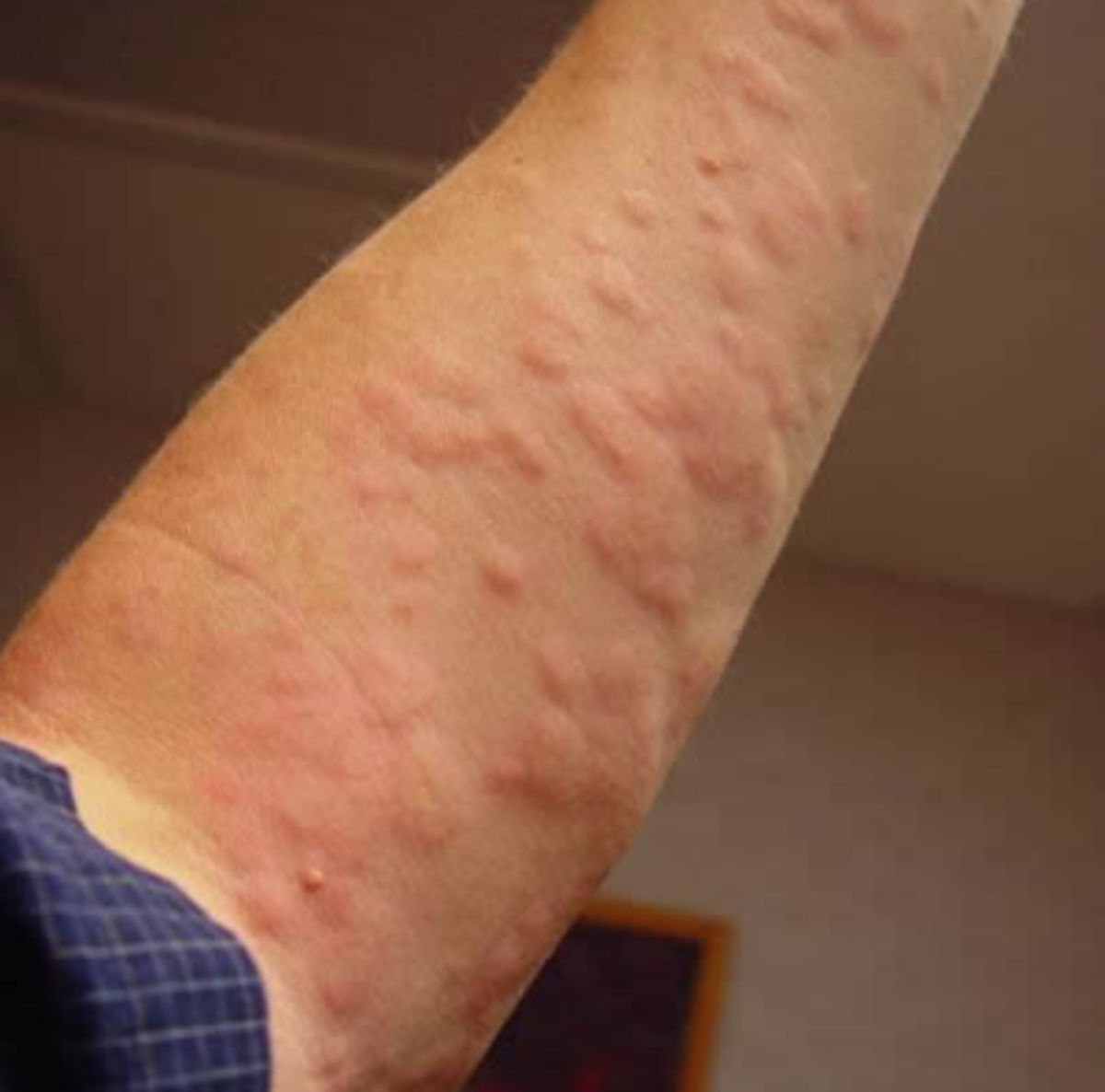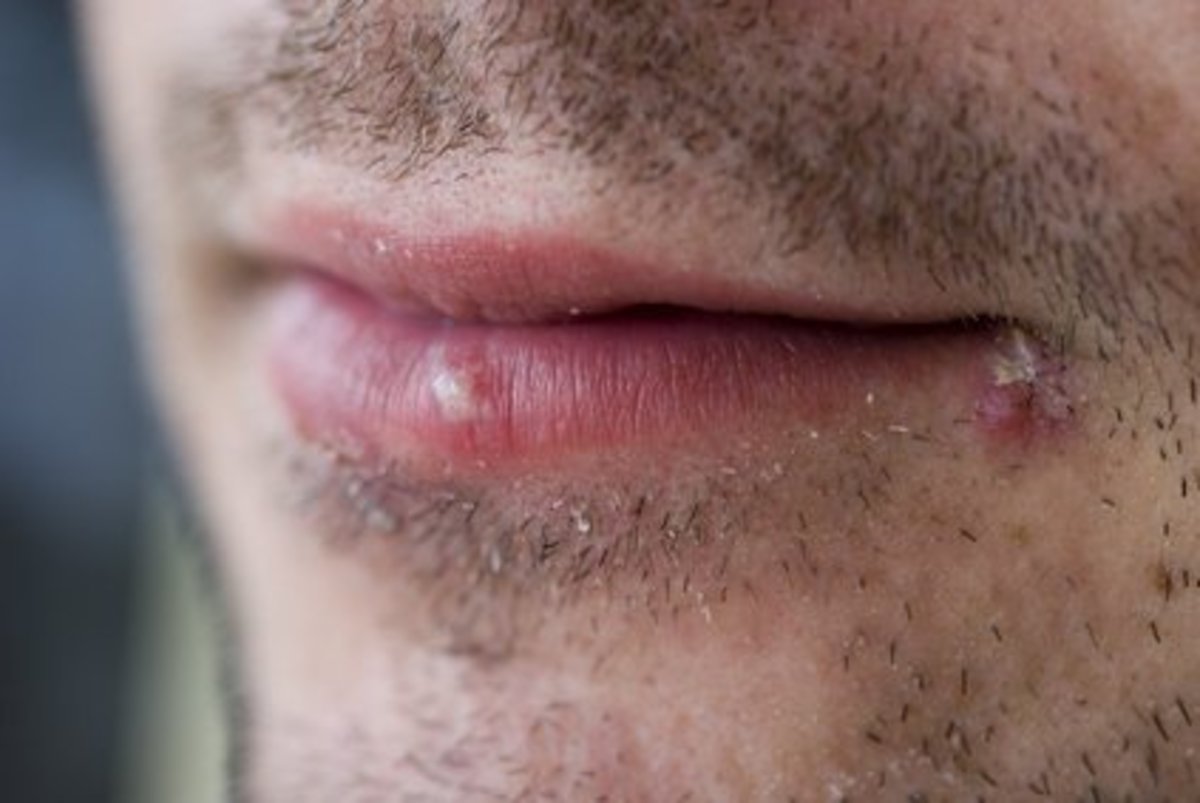My Visit to a TCM (Traditional Chinese Medicine) Doctor in Beijing
View On the Great Wall
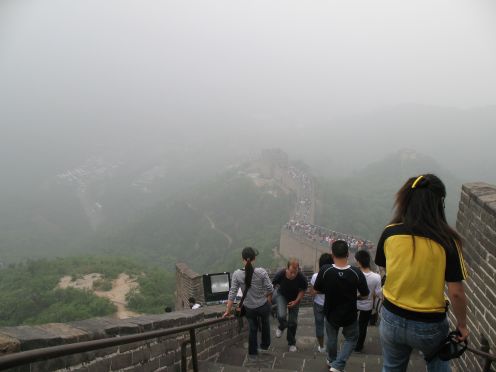
Traditional Chinese Medicine in Beijing
High on my list of things to do when I visited Beijing, China, was to have a check-up done by a TCM (Traditional Chinese Medicine) doctor. Is it possible to be diagnosed without taking off my clothes, without a blood test, and without x-rays? Yes, it is possible. It is also possible to enjoy a bit of a snicker when one man in my group gets his very disturbing but accurate diagnosis. The smirking and snickering didn't last long because this man rose to his diagnosis like...well, like a real man.
This is how it all happened:
I signed up for a visit to a Traditional Chinese Medicine Hospital in Bejing. Along the way, nine other people joined me and the tour guide. The others were a couple from England, and seven engineers from India and Bangladesh, who were on a day outing sponsored by their corporate branch in China.
Throughout our tour, our charming tour guide gave us a running commentary. She told us that a large part of the basis for TCM comes from Daoism. The Yellow Emperor composed the 'Basic Questions of Internal Medicine' during his reign from around 2696 to 2598 BC.
At the TCM facility, staff members in white uniforms gave us a tour and a lecture. We were told two mutually dependent forces known as ying and yang represent the energy of the universe. The body is believed to be a microcosmic representation of ying and yang. Additionally, qi (pronounced chee), is the vital energy that flows through the body by way of a network of channels known as meridians. These meridians contain active points that are used first to diagnose - then to treat. We were then invited to visit doctors who would diagnose us through the use of pulse-taking and a tongue diagnosis.
The ten of us went to a waiting room where the modalities were discussed. The treatment modalities of TCM include herbal medicine, acupuncture, massage and moxibustion. The nurses told us we would visit with the four doctors waiting for us. It was at this time our most charming tour guide told us what a real TCM doctor should look like.
First, a TCM doctor should be much older as it takes years to study the practice. Next, she told us that gray hair is desirable as proof of age. The most interesting feature was the stomach - it should have a small pouch. A TCM doctor with a small stomach pouch proves that he knows how to breathe properly. For example, when you take a deep breath you should fill your stomach with air and that should be noticeable.
I sat next to the young woman from Birmingham, England and she became panicky. She told me that she was sure the doctor was going to tell her that she drank way too much and at only 19 years of age she had a problem. Sure enough, when I caught up with her later, she told me her doctor said her liver was bad! She vowed to drink more water, and wait until she got back to England because there, medical care should she need it, would be free. Her partner, a young man of 20, bounced out from his checkup with an excellent bill of health. She told me, she wasn't surprised because he is one of those people who may have a drink with a meal, exercises regularly and even eats properly. For some reason, this annoyed her.
My turn came. It took less than five minutes for the doctor to diagnose me. First, he checked my pulse. The accompanying nurse told me that, historically, rich women had no intentions of taking off their clothes to be diagnosed - so doctors developed diagnostic skills based on external signs. I was asked to rest my wrists on a pad on the desk with palms facing up. I was told that unlike in Western medicine where only two fingers are used to take the pulse, in TCM, three fingers are used - the index, middle and ring fingers. Gentle pressure is applied to different points on the wrist which correspond to the internal organs.
Next, the doctor looked at my tongue which had a bit of cookie on it but that did not matter. The nurse explained that tongue diagnosis ranks second to the pulse diagnosis. Different parts of the tongue relates to different parts of the body. The root of the tongue relates to the kidney and bladder, the center relates to the stomach and spleen, the sides relate to the liver and gall bladder, and the very tip relates to the heart. Other issues are considered too, such as the color, if the tongue is cracked and for how long, and the person's age.
MY diagnosis? My doctor told me I had pain across my back and shoulders as well as a serious case of brain fog. This was true. In fact I have had a pain, particularly in my right shoulder, for so long that I no longer think about it. The pain comes and goes, is not debilitating, and I figured it came with carrying heavy shoulder bags and I've made an effort to not carry bags on the right shoulder. With the brain fog, I considered that part of being overworked as a teacher, traveling from S. Korea to China, and then a couple days later to New York City - and carrying around my laptop which was adding pressure to my shoulder. Nevertheless, I bought a two months supply of herbal medicine. The results? For the first time in many years, after taking the herbs, the shoulder pain, along with the brain fog, went away and hasn't come back. That was two years ago.
The fun diagnosis about the man, that had everyone snickering, happened when I came out of my doctor's office; the incredibly good looking engineer in his 20's was sitting, staring and smiling at his co-worker who was in his 40's. I asked the tour guide what was up and with a smile she told me. It turns out that the diagnosis of the engineer in his 40's was...you've waited for this...he was told that he was impotent, and could not satisfy his wife. But here's where this man gets everyone's respect. While a few of us waited, smirking around, for our herbal prescriptions - this included me, an amazing thing happened. We were so impressed that this impotent gentleman was handed two giant shopping bags with herbs. Yes, he had bought a year's supply - and he didn't care if we knew it. He even asked a nurse if he should see another doctor in case there was something, anything else, he could do. One of his friends helped him carry his big shopping bags of herbs out to our bus.
About those herbs. When I got to the U.S., before I took the herbs, I decided to do some research about the herbs used in my prescription. Herbs play a major role in TCM and are divided into three categories as follows:
Upper Herbs - which includes ginseng root, cinnamon, sweet gum fruit, ginger, peony root, Sichuan pepper, and leaves and fruits.
Middle Herbs - which are strong and may have side effects, and include clerodendrum, wormwood/mugwort, field mint, loquat, spindle fruit, and fossil bone.
Lower Herbs - these herbs are toxic and should only be used under the guidance of a qualified practitioner. These herbs include opium poppy, persica, forsythia, evodia, Japanese honeysuckle, and ephedra (ma huang). The reason I highlighted 'ephedra' is because this toxic drug was placed on the market in dietary supplement form and sold to the general population. This should have never been. After doing much harm and even causing death, the supplement was pulled in 2004 by FDA recommendation.
Note: TCM practices are not to be confused with herbs bought off the shelf at a vitamin shop. There is no relationship to a visit to a trained doctor who dispenses a formula that will most likely be from the 'upper herbs' category, to a manufacturer who can package a supplement and put it on the shelf with no oversight. Ephedra is from the 'lower herb' category - and should only be used under the supervision of a trained herbalist. Lower herbs are meant to treat serious disorders. The dietary supplement ephedra, often a synthetic version - as are many dietary supplements, was marketed as a weight loss supplement, and to increase energy, and enhance athletic performance.
My perfectly safe herbal formula included ren shen, gui zhui, gan jiang, etc. In English, those translate to ginseng root, cinnamon, and ginger. I seem to remember licorice in there but all my herbs came from the 'upper herb' category and the way they were formulated - they worked!
While our tour did later include a lecture on acupuncture (and we remembered the reference to 365 principal points or channels because it corresponded to how many days in the year), by this time we didn't care at all because we were getting hungry and a little rowdy. We had to be fed as soon as possible. Then it was on to the Great Wall which was just astounding! Wow!
For further information about the Great Wall, my visit to the jade factory to get a lucky bok choy, and other facts about my visit, and research, please see the links below.
A MUST See When in Beijing
- Visiting the Great Wall of China in Beijing
I have to say, right up front, it was far more than I expected (see slide show of larger photos below). Before the Beijing Olympics, I was on my way home from Seoul, S. Korea to New York City. Thought it...
For Prosperity Pick Up a Jade Bok Choy
- My Good Luck Jade Bok Choy Purchased in Beijing
Almost a year before the Olympics in Beijing, I found myself on a tour bus in Beijing, China. There were 10 of us on our way to see the Great Wall as well as a visit to doctors of TCM (Traditional...
Why the Number 8 is Lucky in China
- Why is Number 8 a Lucky Number?
While traveling in picturesque Beijing a year before the 2008 Olympics, my fun tour guide talked about lucky numbers. The number 8 was and is considered a very lucky number. She explained that this is the...
More Information About China
- China Stopped the Rain for the Beijing Olympics
There would be no rain falling on the Bird's Nest Stadium (see photos below)* during the opening ceremony of the 2008 Olympics in Beijing. China used advanced weather modification technology to stop the rain.... - The Search for the 12 Lost Zodiac Antiquities of Chi...
The looting of Chinese artifacts was prevalent during the Second Opium War (1856-1860) with the destruction of a number of Chinese historical buildings. The destruction of historical buildings also included...
